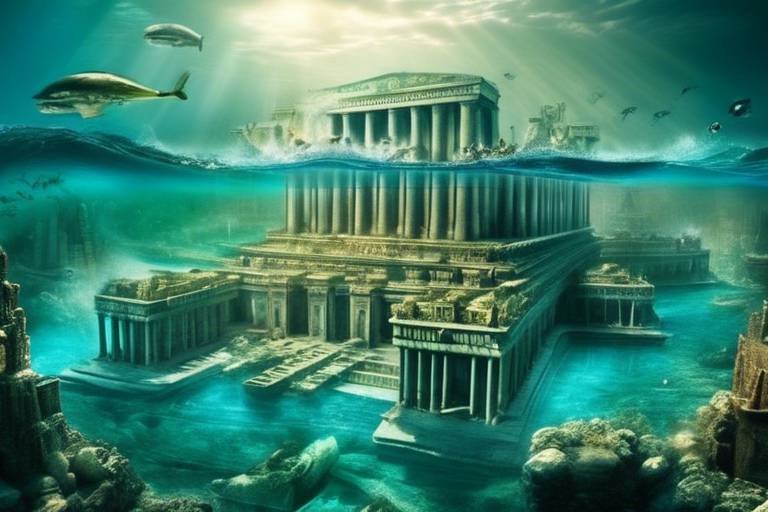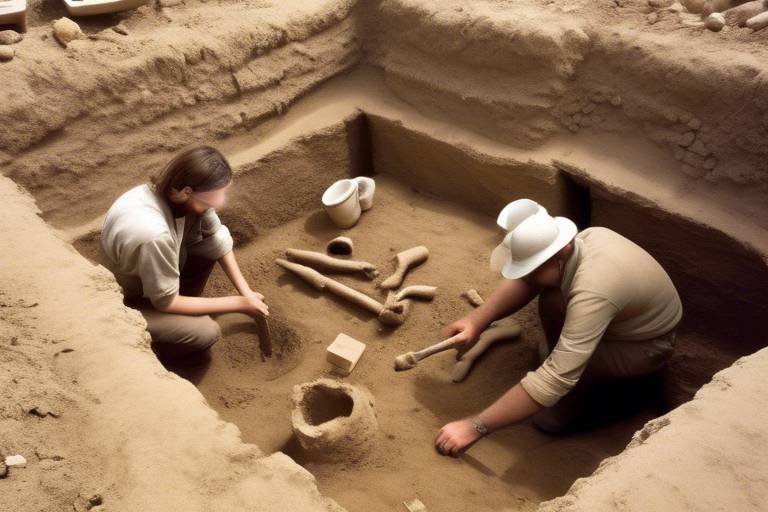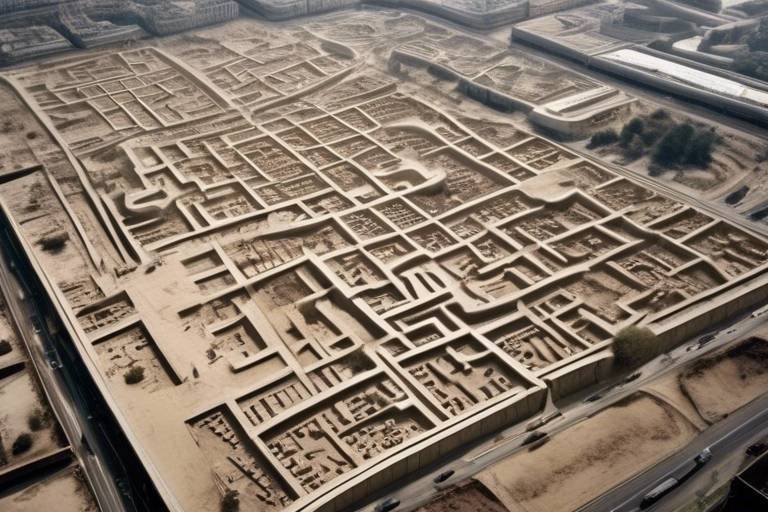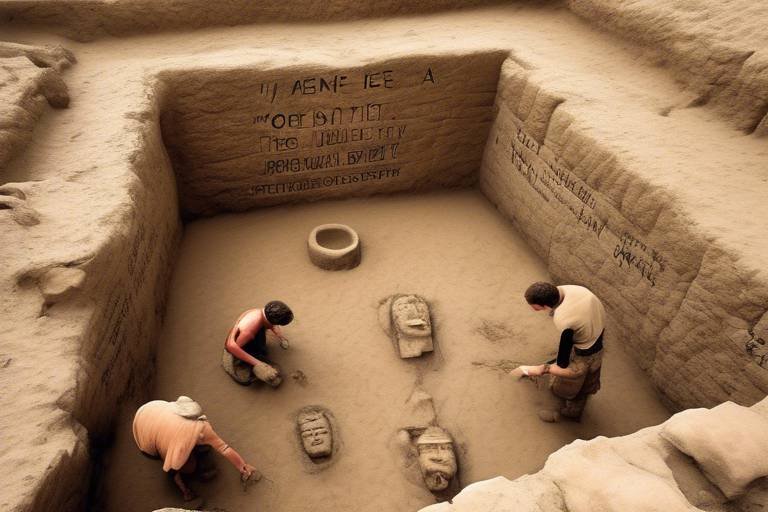How Archaeology Contributes to Cultural Tourism
Archaeology is not just about digging up old artifacts and ruins; it is a gateway to the past that enriches the cultural tourism experience in profound ways. By uncovering ancient sites, artifacts, and stories, archaeologists offer visitors a chance to step back in time and immerse themselves in the history and traditions of a region. These discoveries serve as a bridge between the present and the past, inviting travelers to explore the mysteries of ancient civilizations and gain a deeper appreciation for the cultural significance of a destination.
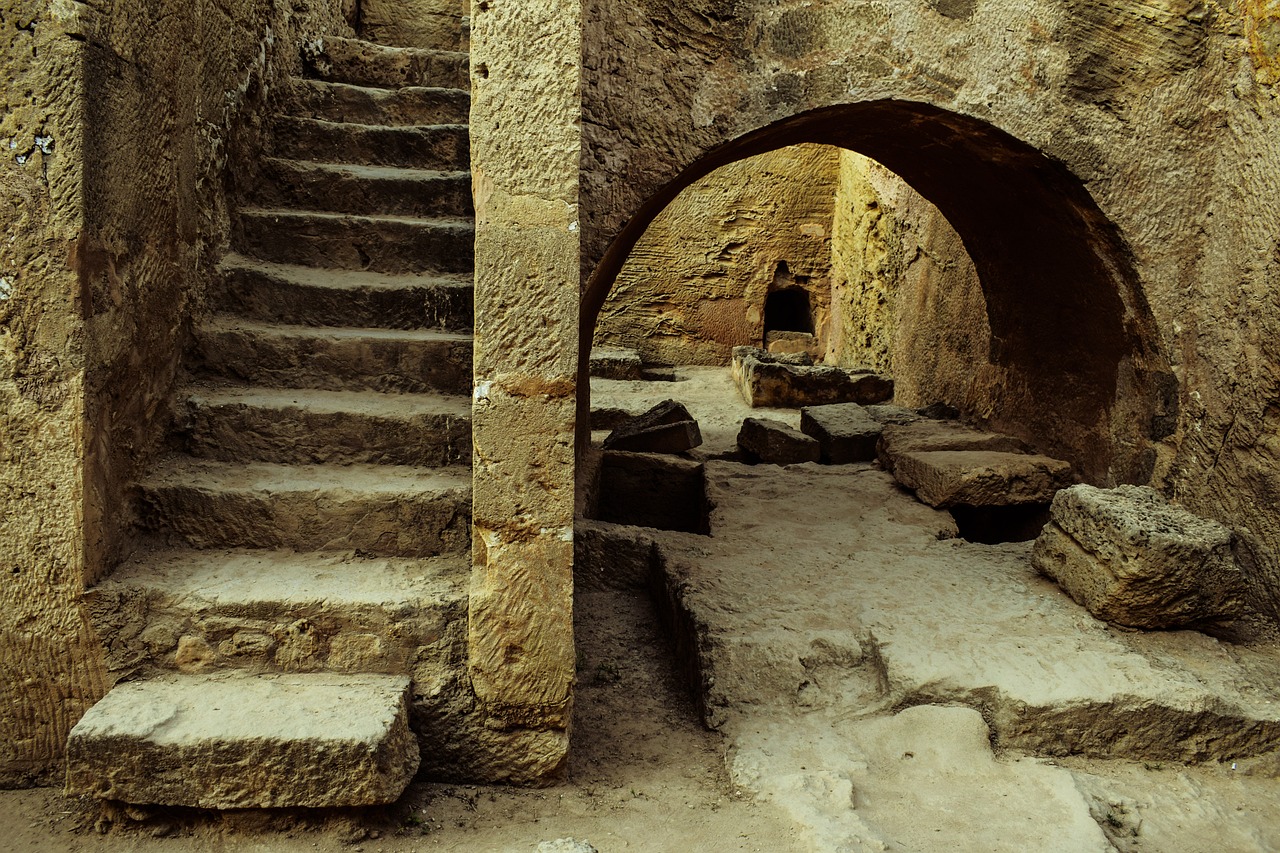
Preservation of Cultural Heritage
Preservation of cultural heritage through archaeology is a crucial aspect of maintaining our connection to the past. These archaeological sites serve as time capsules, offering a glimpse into the lives and cultures of our ancestors. By preserving these sites, we ensure that future generations can continue to learn from and appreciate the rich history that has shaped our world.
Efforts to protect cultural heritage sites involve a combination of conservation, restoration, and education. Conservation aims to prevent further deterioration of artifacts and structures, while restoration works to repair damage and maintain the authenticity of the site. Education plays a vital role in raising awareness about the importance of cultural heritage preservation and engaging the public in efforts to safeguard these valuable resources.
Archaeologists and conservationists work tirelessly to document and protect cultural heritage sites from threats such as looting, vandalism, and environmental damage. Through careful research and strategic planning, these professionals ensure that these sites remain intact for future generations to explore and appreciate.
Preserving cultural heritage is not just about saving physical artifacts; it is also about safeguarding the stories, traditions, and knowledge embedded in these sites. By protecting our cultural heritage, we honor the legacies of those who came before us and ensure that their contributions to society are not forgotten.
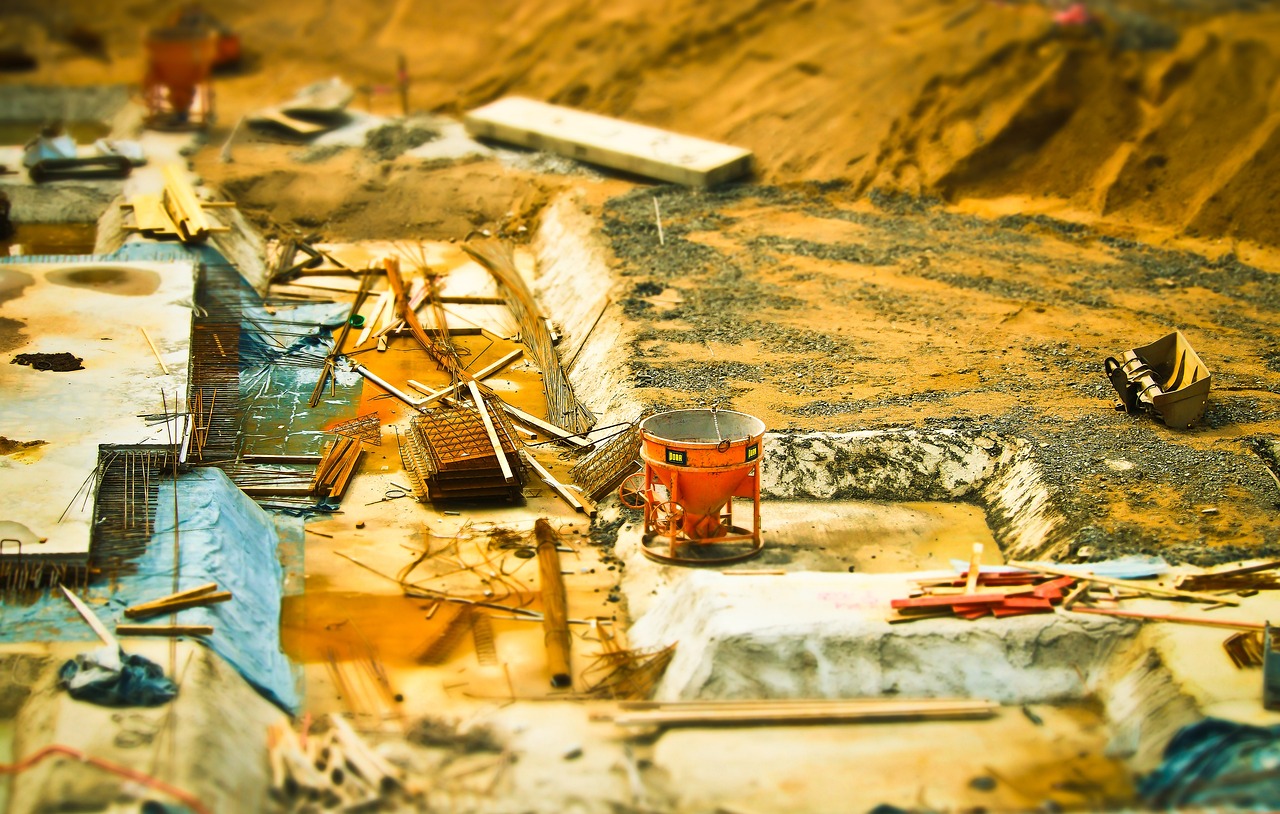
Enhancing the Tourism Experience
Archaeology plays a vital role in cultural tourism by uncovering ancient sites, artifacts, and stories that attract visitors. This article explores how archaeological discoveries enhance the tourism experience, preserve cultural heritage, and contribute to local economies.
When it comes to enhancing the tourism experience, archaeological attractions offer a unique journey back in time for tourists. Imagine walking through the ruins of an ancient civilization, feeling the whispers of history in the air, and experiencing the cultural significance of a destination firsthand. These sites serve as portals to the past, allowing visitors to immerse themselves in the stories and traditions of bygone eras.
Through guided tours, interactive exhibits, and educational programs, tourists can gain a deeper understanding of the historical context and significance of archaeological sites. It's like stepping into a time machine, where every artifact and structure tells a story waiting to be discovered. The experience is not just about sightseeing but about truly connecting with the heritage and legacy of a place.
Moreover, archaeological sites often serve as focal points for cultural tourism activities, offering a rich tapestry of experiences that engage all the senses. From exploring ancient ruins to participating in traditional ceremonies or workshops, visitors can actively participate in the preservation and celebration of cultural heritage. It's a journey of exploration and enlightenment that leaves a lasting impact on those who embark on it.
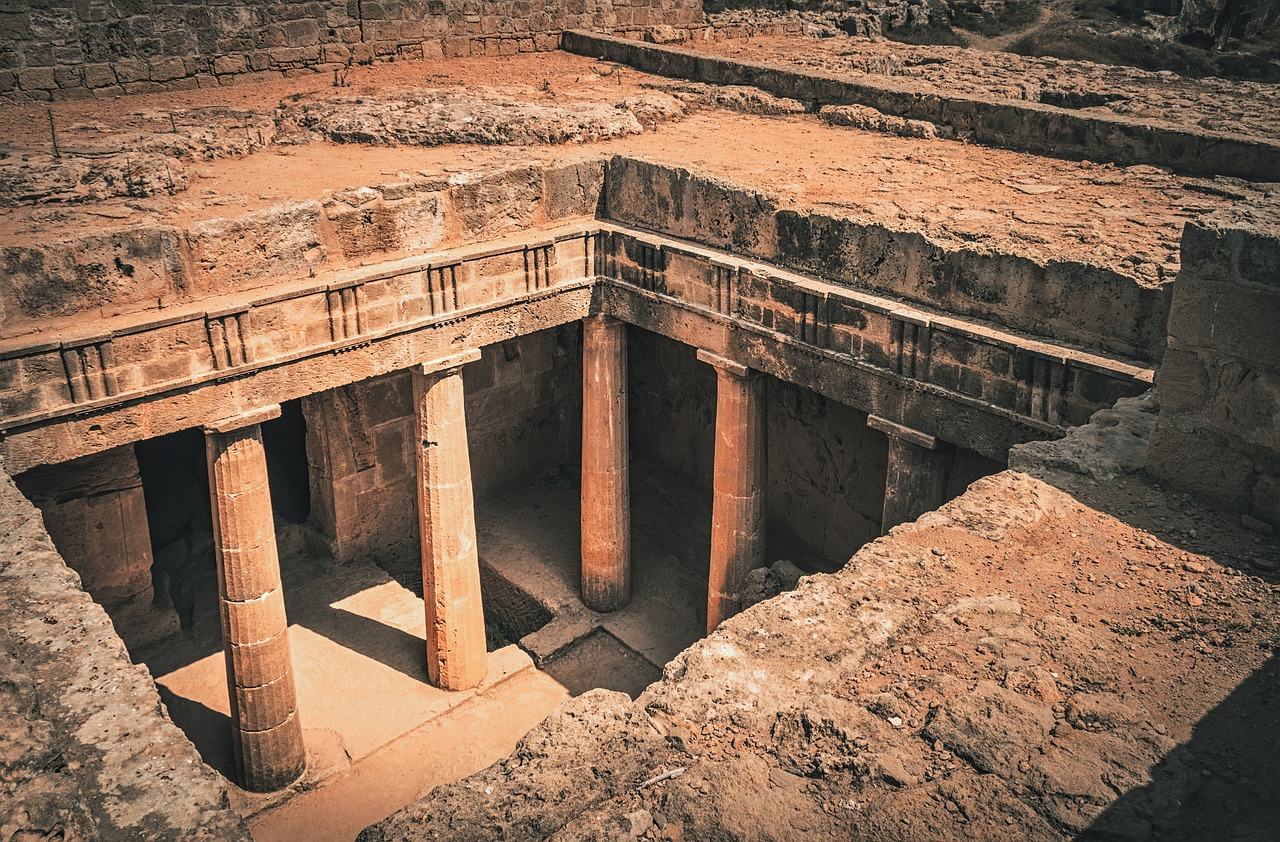
Economic Impact on Local Communities
When it comes to archaeological tourism, the economic benefits extend beyond the excavation sites themselves. Local communities reap the rewards of increased tourism activity, creating a ripple effect that boosts the overall economy. As visitors flock to archaeological sites, they not only spend money on entrance fees but also support local businesses, such as restaurants, hotels, and souvenir shops.
Moreover, the demand for services like guided tours, transportation, and accommodations provides job opportunities for residents in the area. This influx of tourism dollars can revitalize small communities and stimulate growth in sectors that cater to visitors. By investing in infrastructure improvements and tourism-related amenities, local governments can further capitalize on the economic potential of archaeological tourism.
Collaboration between archaeological organizations and community stakeholders is essential to ensure that the economic benefits are sustainable and equitable. By involving local residents in tourism planning and development, communities can harness the positive impact of archaeological sites while preserving their cultural identity and heritage.

Education and Interpretation
Education and Interpretation in archaeology play a crucial role in engaging visitors and enhancing their understanding of the past. Archaeological sites serve as outdoor classrooms, offering a hands-on learning experience that brings history to life. Through guided tours, visitors can delve into the mysteries of ancient civilizations, uncovering stories hidden beneath the layers of time.
Interactive exhibits further enrich the educational aspect of archaeological tourism, allowing visitors to touch, see, and experience artifacts firsthand. These immersive displays create a connection between the past and present, bridging the gap between ancient cultures and contemporary society. By engaging multiple senses, interpretation efforts make the archaeological discoveries more accessible and captivating for a diverse range of visitors.
Moreover, educational programs tailored to different age groups and interests cater to a wide audience, from school children to history enthusiasts. Workshops, lectures, and demonstrations offer in-depth insights into the archaeological process, from excavation techniques to artifact analysis. Visitors not only learn about the past but also gain an appreciation for the meticulous work of archaeologists in uncovering and preserving our shared heritage.
Collaboration with experts in various fields, such as historians, anthropologists, and conservationists, further enhances the educational value of archaeological sites. By integrating multiple perspectives and disciplines, interpretation efforts provide a comprehensive understanding of the cultural significance and historical context of the sites.
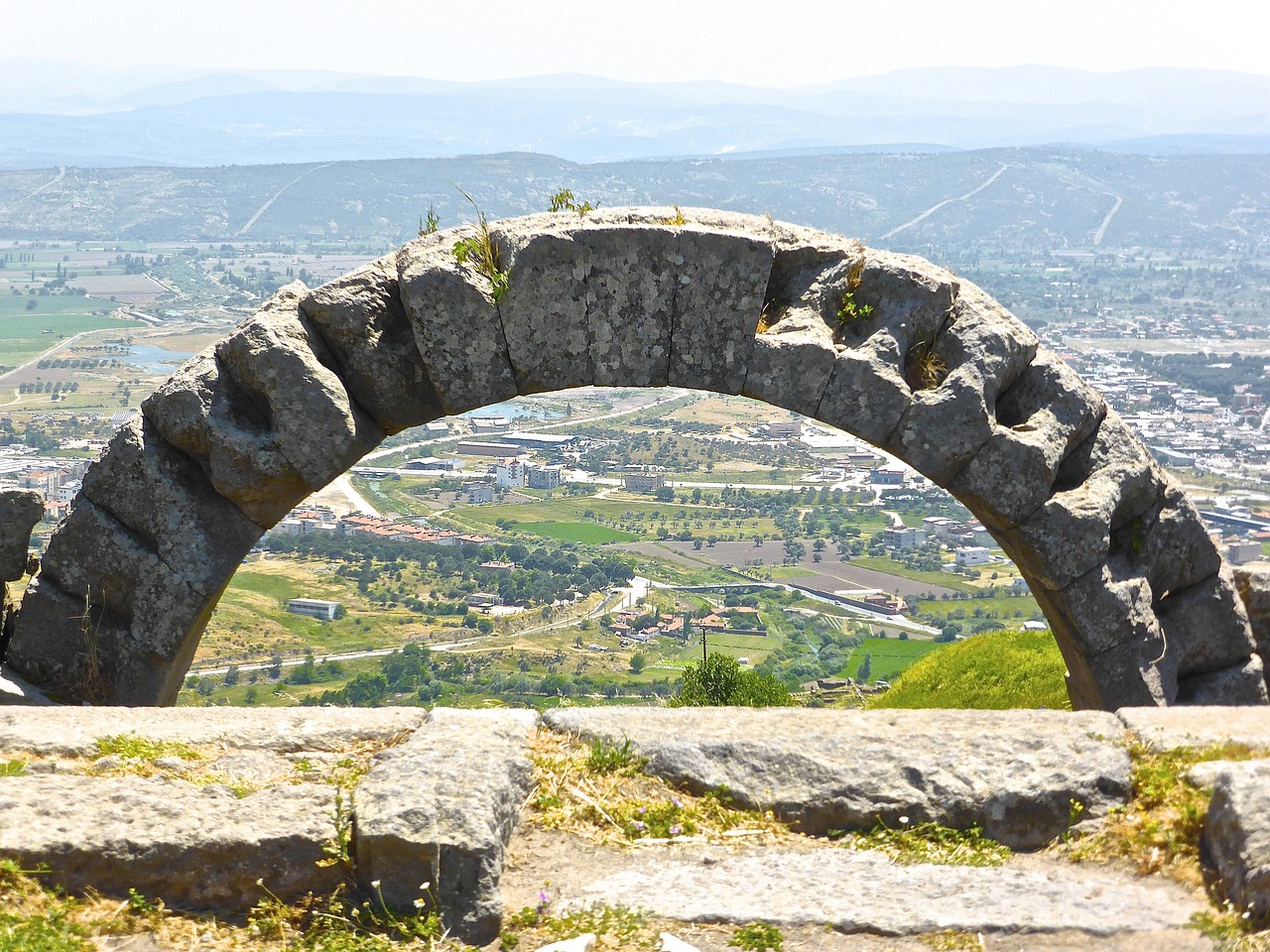
Collaboration with Indigenous Communities
Collaboration with Indigenous Communities is a fundamental aspect of archaeological work, emphasizing respect for cultural traditions and local knowledge. By working closely with indigenous groups, archaeologists ensure that projects are conducted ethically and responsibly, fostering mutual understanding and cultural exchange. This collaboration allows for the incorporation of traditional practices and beliefs into archaeological research, enriching the interpretation of historical sites and artifacts.
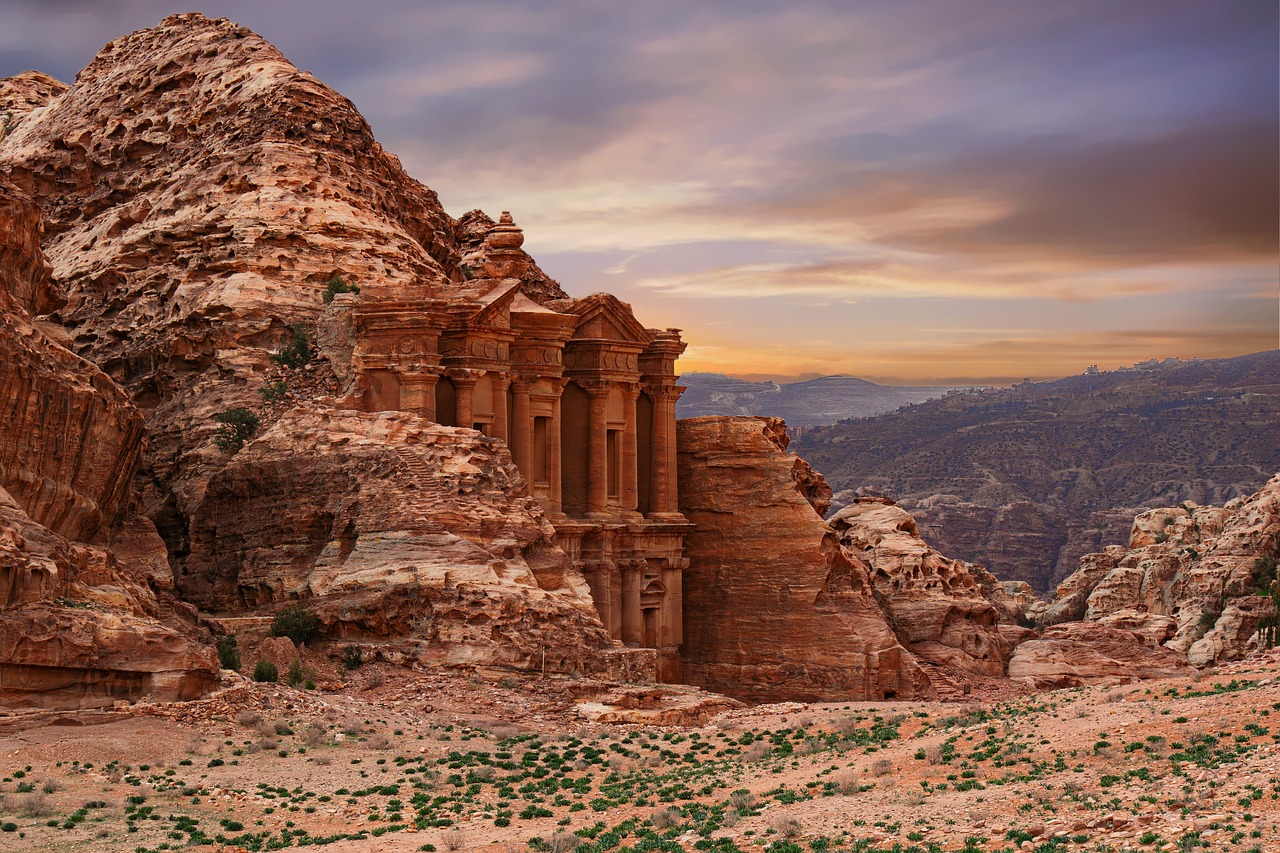
Sustainability and Conservation
When it comes to archaeological tourism, sustainability and conservation are paramount to ensure the preservation of cultural heritage for future generations. Balancing the need for visitor access with the protection of fragile sites and artifacts is a delicate task that requires careful planning and management.
Implementing sustainable practices in archaeological tourism involves minimizing the environmental impact of visitor activities, such as limiting foot traffic in sensitive areas and reducing waste generation. Conservation efforts focus on safeguarding archaeological sites from natural elements, vandalism, and overexploitation.
Responsible tourism management plays a crucial role in maintaining the integrity of archaeological sites. This includes setting visitor limits, implementing monitoring systems, and enforcing regulations to prevent damage. By promoting respect for cultural heritage and instilling a sense of stewardship among visitors, sustainable practices contribute to the long-term preservation of archaeological treasures.

Technological Advances in Archaeology
Technological advances in archaeology have revolutionized the way researchers uncover and interpret ancient artifacts and sites. One of the significant advancements is LiDAR scanning, a technology that uses laser light to create detailed 3D maps of archaeological landscapes. This method has enabled archaeologists to identify hidden structures and features that are not visible to the naked eye, providing new insights into past civilizations.
Furthermore, the use of 3D modeling has allowed archaeologists to digitally reconstruct ancient structures and artifacts, offering a more immersive experience for visitors. By creating virtual replicas, researchers can preserve fragile objects and sites while making them accessible to a wider audience. This technology enhances the understanding and appreciation of archaeological findings.
Virtual reality (VR) has also played a significant role in bringing archaeological sites to life. Through VR experiences, tourists can explore ancient ruins, interact with historical figures, and immerse themselves in the culture of past civilizations. This interactive approach not only educates visitors but also sparks their curiosity and interest in archaeology.
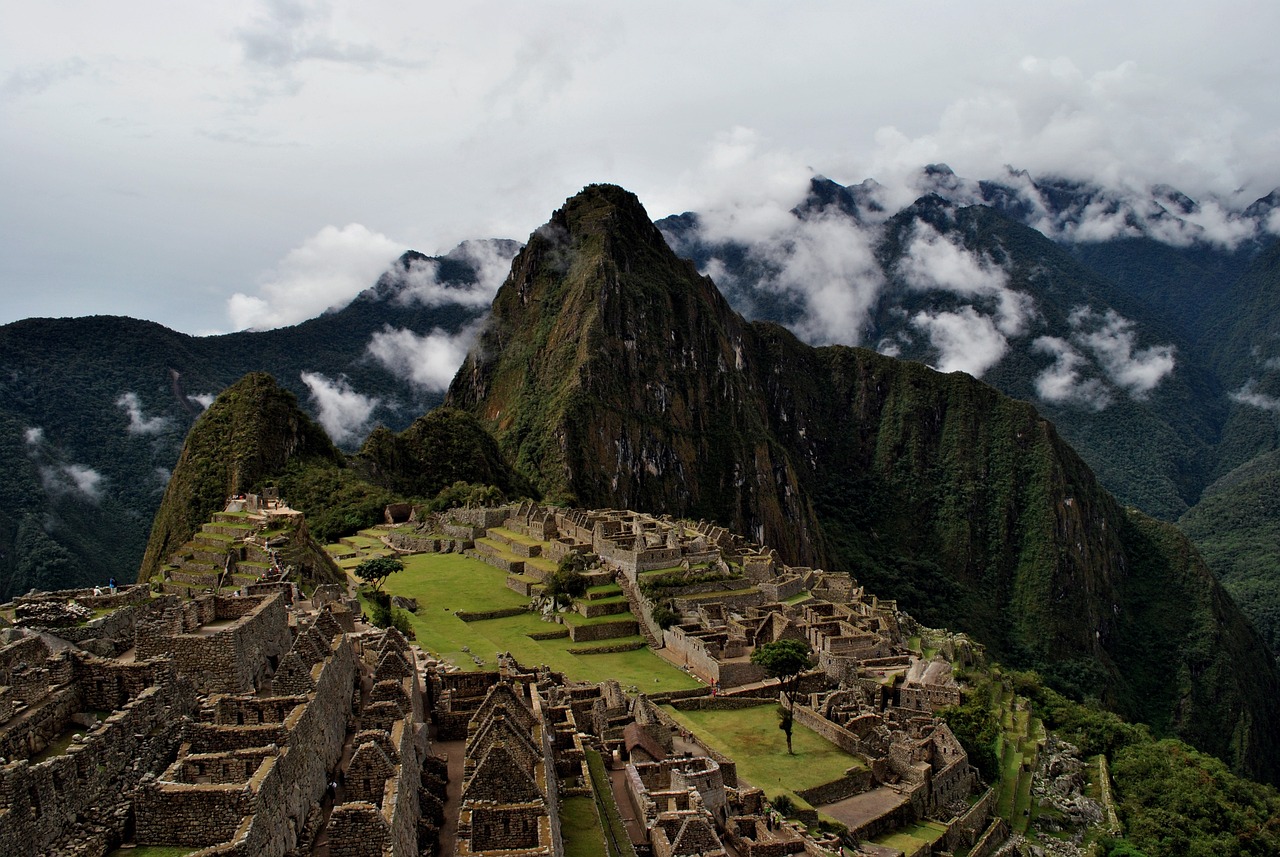
Promoting Cultural Diversity and Inclusivity
Archaeological tourism plays a crucial role in promoting cultural diversity and inclusivity by showcasing the rich histories and contributions of various communities. By exploring archaeological sites, visitors can immerse themselves in different cultural traditions and gain a deeper appreciation for the diversity of human cultures. These sites serve as windows into the past, offering insights into the ways of life, beliefs, and practices of ancient civilizations.
Moreover, archaeological tourism fosters inclusivity by highlighting the importance of respecting and preserving cultural heritage. By engaging with archaeological discoveries, tourists can develop empathy and understanding for different cultural perspectives. This promotes a sense of unity and interconnectedness among people from diverse backgrounds, emphasizing the shared human experience across time and space.
Through educational programs, interpretive exhibits, and community collaborations, archaeological tourism encourages dialogue and exchange between visitors and local communities. By promoting cross-cultural understanding and mutual respect, these initiatives contribute to building a more inclusive society that values and celebrates cultural diversity.
Frequently Asked Questions
- What is the significance of archaeology in cultural tourism?
Archaeology plays a crucial role in cultural tourism by uncovering ancient sites, artifacts, and stories that attract visitors. It enhances the tourism experience, preserves cultural heritage, and contributes to local economies.
- How do archaeological sites contribute to the preservation of cultural heritage?
Archaeological sites provide a tangible link to the past, allowing visitors to connect with the history and traditions of a region. Preservation efforts help safeguard these sites for future generations to explore and learn from.
- What economic impact does archaeological tourism have on local communities?
Archaeological tourism can stimulate local economies by creating jobs, generating revenue through visitor spending, and supporting related industries such as hospitality, transportation, and retail. Communities benefit from increased tourism activity.
- How do technological advances in archaeology enhance the visitor experience?
Advancements in technology, such as LiDAR scanning, 3D modeling, and virtual reality, have revolutionized the field of archaeology. These tools help researchers uncover hidden treasures, reconstruct ancient landscapes, and enhance the visitor experience at archaeological sites.









